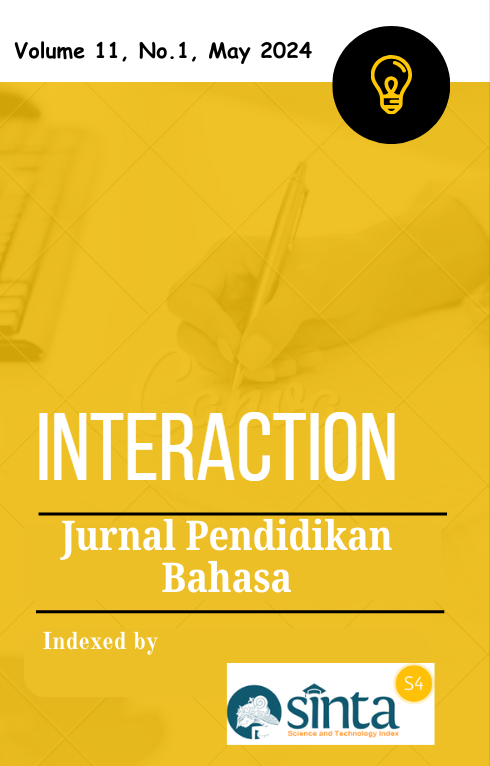Discourse Analysis of Buavita Advertising, Packaged Fruit Juice Drinks on the Internet and Outdoor Media
Abstract
This study describes the structure and function of Buavita bottled juice advertisements on the internet and outdoor media. This research uses a discourse analysis approach; this type of research is qualitative. The method used in this research is descriptive analysis. The data source of this research is food and beverage advertisements on television in which there are structures and functions of advertising language. The data of this research are words, phrases, clauses, and sentences in Buavita advertisements for bottled juice drinks on the internet and outdoor media. The results of the analysis illustrate (1) sentences that provide benefits for potential consumers; (2) title and subtitle sentences in the form of product brands with foreign terms or seem unique; (3) information sentences that explain the content of natural ingredients; (4) sentences that provide information on the main advantages and knowledge to attract special consumers and 5) background images that illustrate conditions related to existing advertising sentences. There are also 2 propositions of reasons, namely: (1) subjective reasons in the form of things that can invite potential customers' emotions to use this product; (2) objective reasons in the form of information that can be accepted by potential customers' reasoning. Second, the language functions contained in this beverage product advertisement include: (1) information function in the form of flavors, ingredients, advantages, ingredients, benefits, and announcing new products; (2) persuasive function in the form of an invitation to do something; (3) image building function to form a positive image of the product to potential consumers.
Downloads
References
Mulyana. 2005. Kajian Wacana: Teori, Metode & Aplikasi Prinsip-Prinsip Analisis Wacana. Yogyakarta: Tiara Wacana.
Rani, A., Arifin, B., dan Martutik. 2006. Analisis Wacana Sebuah Kajian Bahasa dalam Pemakaian. Malang: Bayumedia.
Daniel Ruby. (2022). TikTok User Statistics (2022): How many TikTok Users Are There? Demandsage.com. Farid Hamid. (2022). Pendekatan Fenomenologi (Suatu Ranah Penelitian Kualitatif).
Herrman, J., 28. The New York Times. Hernandez, A. (2022). TikTok’s Strategic Influence on Political Communication and Campaigns. California State Polytechnic University, Pomona.
Hia, E. F., & Siahaan, C. (2021). Komunikasi Politik Di Era Digital. Humantech: Jurnal Ilmiah Multidisiplin Indonesia, 1(1), 6–18.
Indra Wati. (2021). Pengaruh Komunikasi Massa Terhadap Khalayak. Jurnal Prosiding, (1), ISSN 2798- 7280.
Jerry Indrawan, Efriza, Anwar Ilmar. (2011). Kehadiran Media Baru (New Media) Dalam Proses Komunikasi Politik. Jurnal Medium, 8(1).
Medina Serrano, J. C., Papakyriakopoulos, O., & Hegelich, S. (2020). Dancing to the partisan beat: A first analysis of political communication on TikTok. In 12th ACM Conference on Web Science (pp. 257- 266). Montag, C., Yang, H., & Elhai, J. D. (2021). On the Psychology of TikTok Use: A First Glimpse From Empirical Findings. Frontiers in Public Health.
Nasrullah, R. (2022). Metode Penelitian Jurnalisme. Simbiosa Rekatama Media. Revolusi, P. (2022). The Construct of New Media Communication Domain As Television Broadcast Mediamorphosis Output. Universitas Sahid Jakarta.




.png)



22.png)
